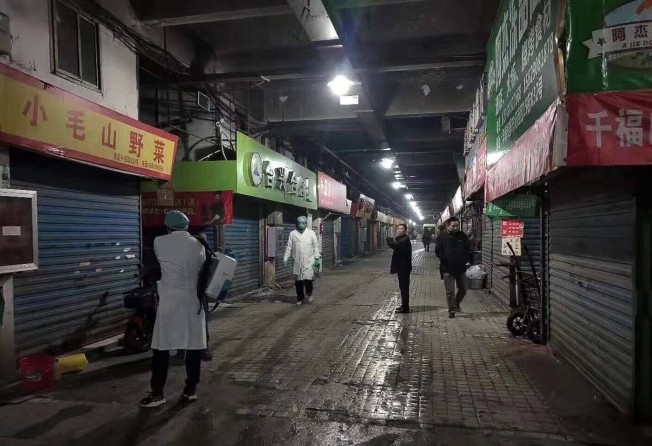Hong Kong activates ‘serious response level’ for infectious diseases as Wuhan pneumonia outbreak escalates
- This came as the number of people infected with the unidentified strain in the mainland Chinese city increased to 44
- Local experts called on mainland health authorities to be more transparent in releasing patient data for assessment

Hong Kong launched a new response mechanism for infectious diseases on Saturday morning, setting it to “serious” level – the second in a three-tier scale – in response to the outbreak of an unidentified form of pneumonia in Wuhan city in mainland China.
This came as local experts called for more transparency from mainland health authorities in releasing patient details for assessment.
Print option is available for subscribers only.
SUBSCRIBE NOW